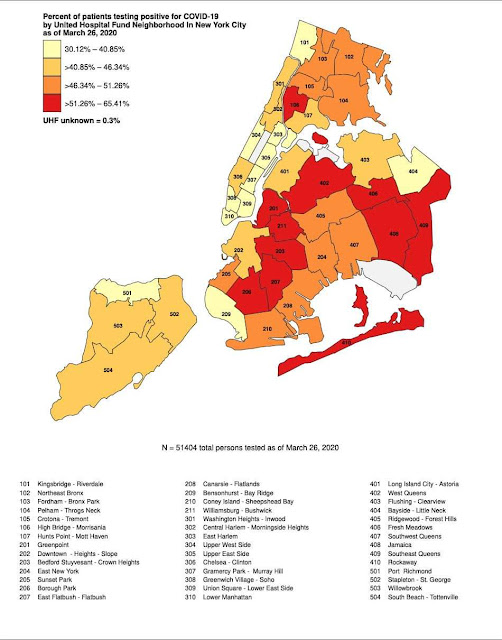
Gothamist
On Tuesday morning, a makeshift tent hospital in Central Park will begin treating overflow patients from Mount Sinai, as the spread of COVID-19 begins to overwhelm local hospitals. Announcing the 68-bed respiratory unit this weekend, Mayor Bill de Blasio praised the relief organization, Samaritan's Purse, responsible for funding and erecting the facility.
The mayor did not mention that the group is led by Franklin Graham, a notorious anti-LGBTQ and Islamophobic preacher with a track record of using humanitarian missions to proselytize an evangelical agenda.
Graham, the son of prominent minister Billy Graham, has specifically sought to recruit Christian medical staff to the Central Park facility. According to the group's website, all volunteers, including health care workers, should read and adhere to a statement of faith, in which marriage is defined as "exclusively the union of one genetic male and one genetic female" and the unrighteous are sentenced to "everlasting punishment in hell."
If you are a Christian doctor, nurse, paramedic, or other medical professional interested in serving COVID-19 patients in our @SamaritansPurse Emergency Field Hospital in NYC, please visit https://t.co/EEw1jNtrrk. pic.twitter.com/5i7EeKxLDi— Franklin Graham (@Franklin_Graham) March 29, 2020
"Our record on human rights is clear; and we are confident that the joint effort by Mt. Sinai and Samaritan’s Purse will save New Yorkers' lives while adhering to the values we hold dear by providing care to anyone who needs it, regardless of background," said Jane Meyer, the City Hall spokesperson.
What human rights record is that, Jane? Telling people they have to right to go mingle in bars and go to events as a nascent virus was spreading across the five boroughs?


























